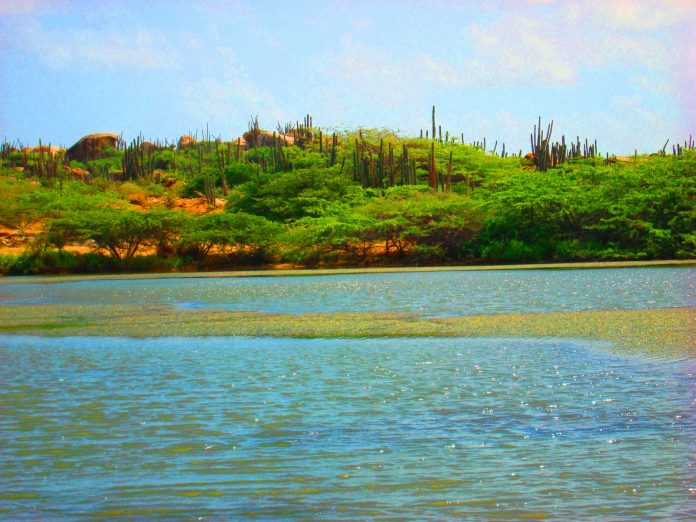Every week we share the most interesting and insightful articles about Aruba as your destination to explore and conserve. Discover amazing and informative stories to enrich your knowledge and experience. There is so much to admire on this tiny island such as the variety of the diverse habitats that still exists and its differences between them.
We know that the diversity of insular ecosystems speaks of the unique variations in ecosystems within an enclosed geographical location, here where the impact of human activities on small environments as Aruba is much greater. We must ecknowlige that despite its small surfice, the island mothers its own species and varieties from different habitats.
Native vegetation refers to any naturally occurring local plant species which are indigenous to the area do not occure nowhere else and conssidered endagered or has a protective status.
Aruba’s flora provides this unique oportunity to the landscapes to florish, providing habitat for an arange of native animals, create wildlife corridors, provide protection from wind and water erosion by holding the soil together after a rain shower and reduces the greenhouse effect and the quality of life.
Our island have three basic geological formations. One is a hilly part, second an undulating part and a third part consisting of limestone which embraces these two zones forming also the coast line. Some coastal areas have one or more sets of dunes running parallel to the shoreline directly inland from the beach. Most of these areas are protected by law which prohibits motor vehicles to ride on them, like those at California, behind the Lighthouse, Wariruri, Daimari, dos Playa and thr Grapefield area .
The dunes are well drained, often dry, composed mainely of calcium carbonate from eroded seashells and corals. Decomposing sea algae, brought in by stormy weather, adds nutrients to allow pioneer species colonisation. Flora specially adapted to the dry, hot and arid conditions adding soil mobility of loose sandy substrate, constant wind, low nutrients and the salinity. Hance to the extreme conditions very few species survives. Therefor costal grass species, shrubs and trees which value shouild not be underestimated. Our dunes are important in protecting the island against potential ravages by stormy waves from out the sea.
Other green habitad area of Aruba are our mangroves sites. Mangroves covers some patches on the leeward side of the island and the opposite cay’s of the lagoon almost completely from South -East to North-West. According to experts, mangroves capture and store 34 million tons of carbon globally. Mangrove forests provide many of the resources upon which coastal people depend.
About Etnia Nativa:
Our goal is to raise cultural awareness, promote education and safeguard our heritage as the sacred mother seed guiding you to be the next guardian of the island. If you love Aruba its origins and its cultural heritage, be part of the exclusive visitors of this cozy home-atelier called “Etnia Nativa”. This private residential houses collections of native art, archaeological artifacts and historic furniture, while the facilities themselves are the result of the transformation of recycled materials. Meet the acclaimed columnist at home! Book your visit Whatsapp + 297 592 2702- or mail: etnianativa03@gmail.com















